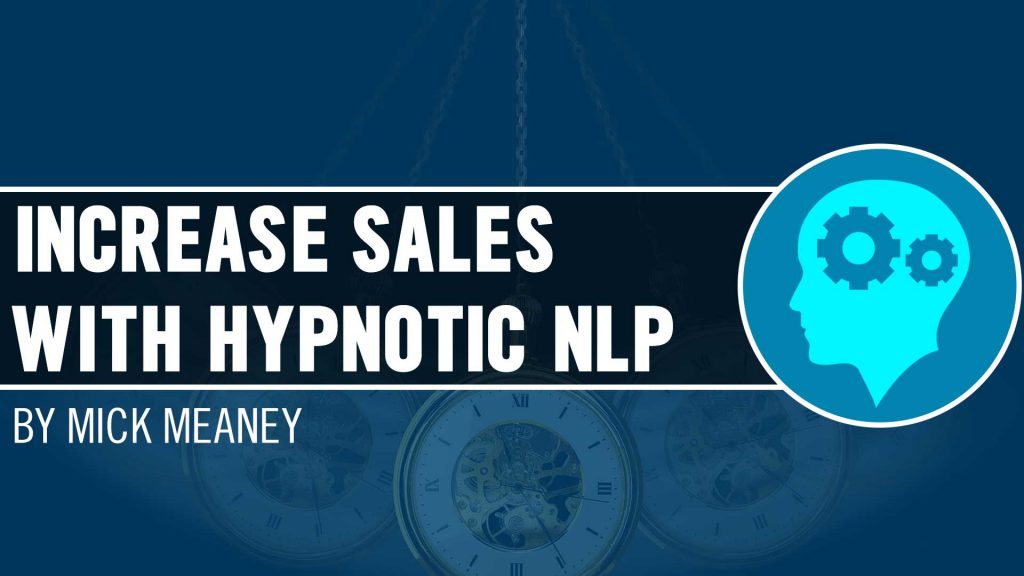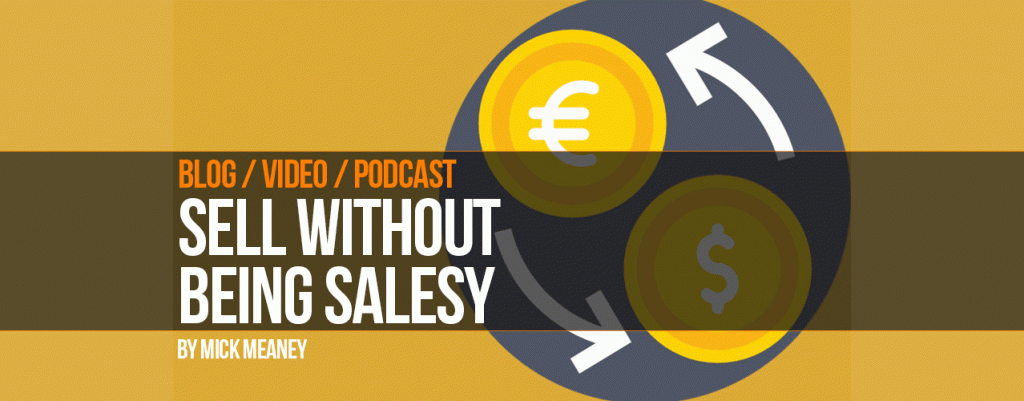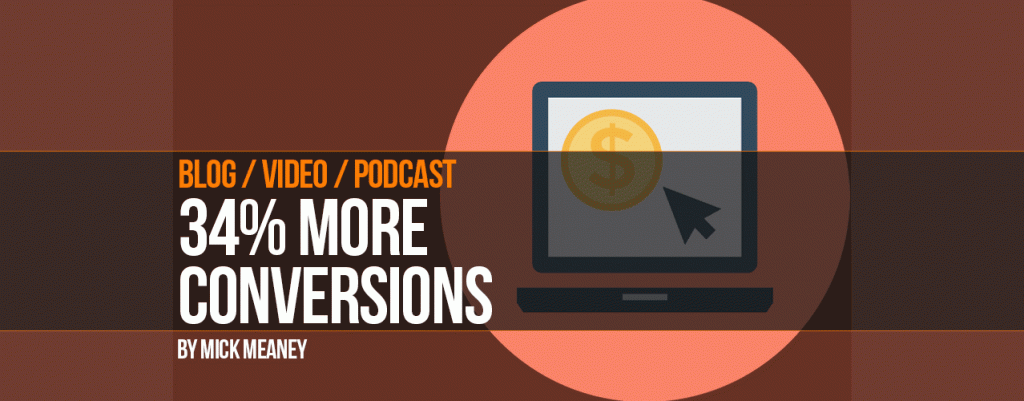8 Ways To Write Catchy Blog Headlines
This is how to write catchy blog headlines, because while you can have the best content in the world, but if nobody clicks on it, then it’s useless. So here is how to increase your traffic by an average of 150%, by writing strong headlines. Go here for the video version of this post. Why …
















